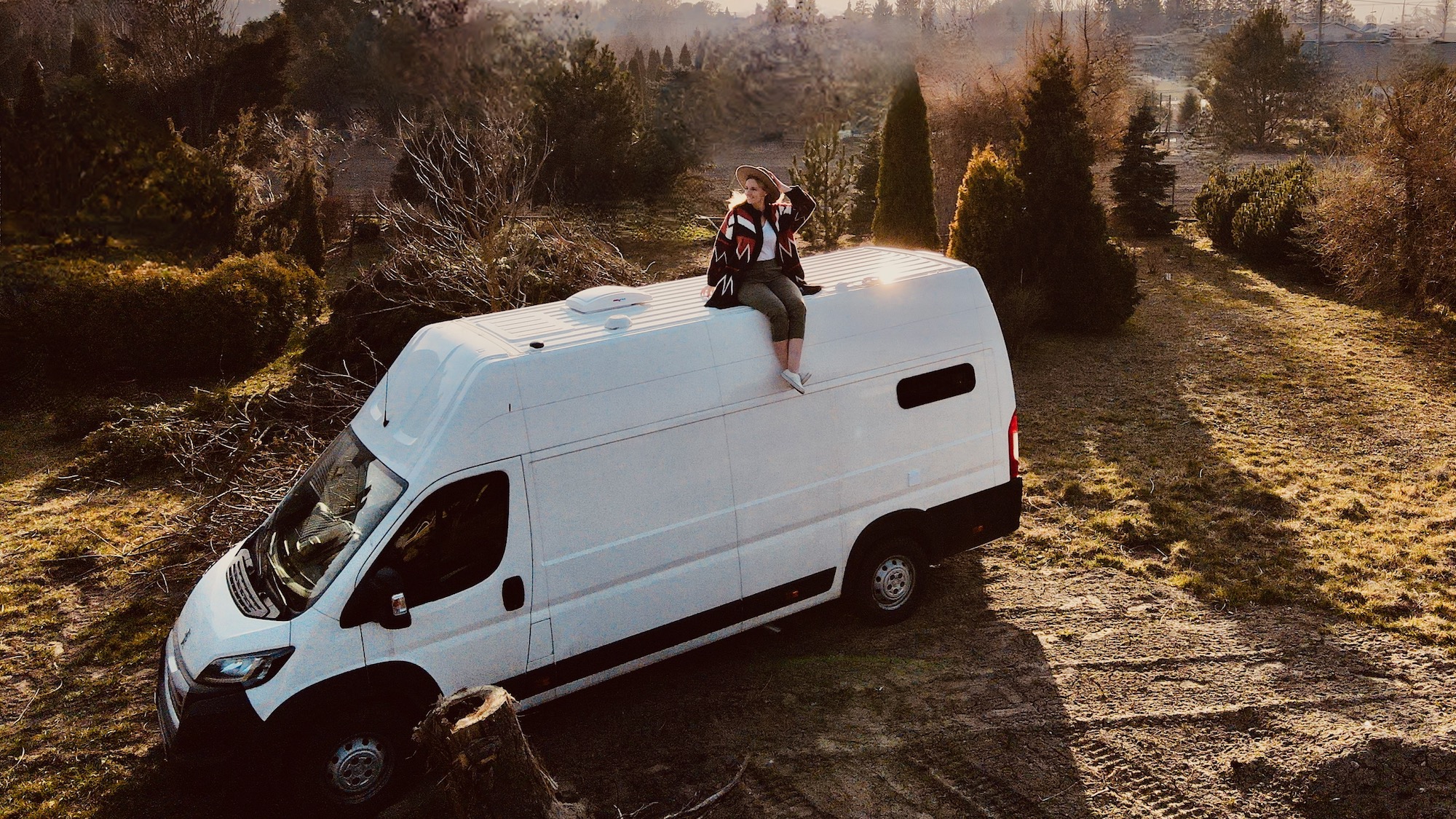Dreaming of owning your own camper van? Embarking on a van conversion demands time, dedication, and determination.
In this guide, discover 12 indispensable tips for anyone considering a camper build. Learn about effective planning, preparation, and vital factors to consider in materials and equipment selection.
Armed with this knowledge, you can navigate potential pitfalls and disappointments. Prepare for an inspiring read that expertly guides you through the building process, empowering you to create a camper tailored to your needs.
Start your adventure today and let your dreams take flight as you build a camper promising unforgettable experiences and unparalleled travel freedom!

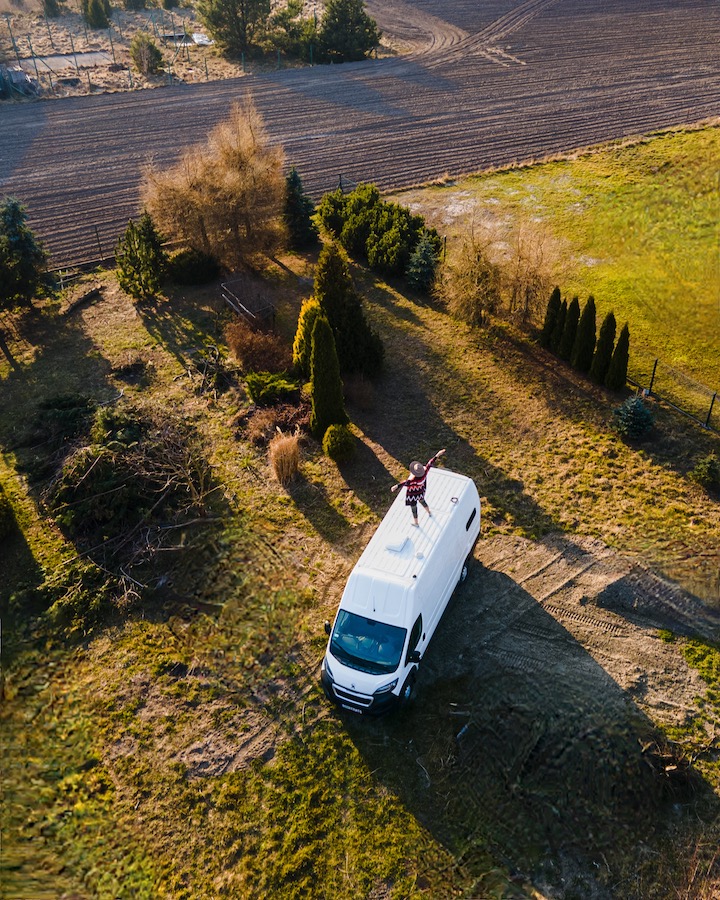
Table of Contents
1. Van Conversion: Select the Right Battery Capacity for Your Camper
Ensure uninterrupted power during your camper adventures by choosing the ideal battery capacity. Determining the minimum battery capacity you’ll need is crucial for a worry-free journey. Our recommendation is to consider a 100 AH battery as a baseline standard.
However, if you plan to use additional devices like a refrigerator or laptop, it’s worth considering a battery with approximately 200 AH capacity to provide a larger energy reserve. And if you plan to incorporate air conditioning, an extra 100 AH will be necessary, bringing the total to 300 AH.
Accurately assessing your electrical needs is vital to prevent battery drain and power outages on the road. Prior to commencing your camper van conversion, consider the specific devices you’ll be using, their runtime, and overall daily energy consumption.
Selecting the right battery capacity ensures independence and avoids the frustration of unexpected power shortages. Remember, your camper is your mobile home, so prioritize a reliable power supply for a comfortable and enjoyable travel experience.
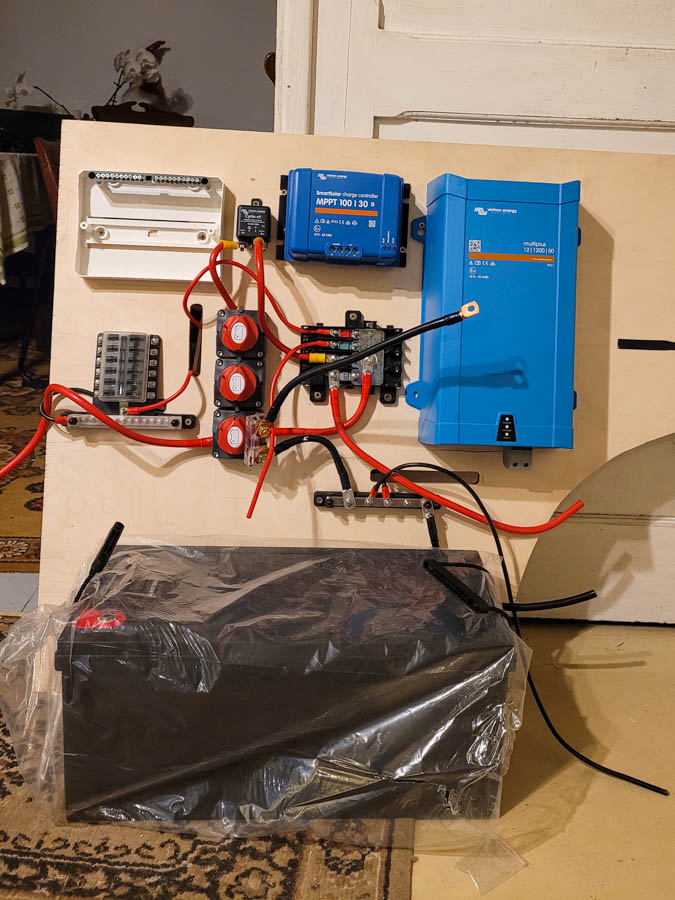
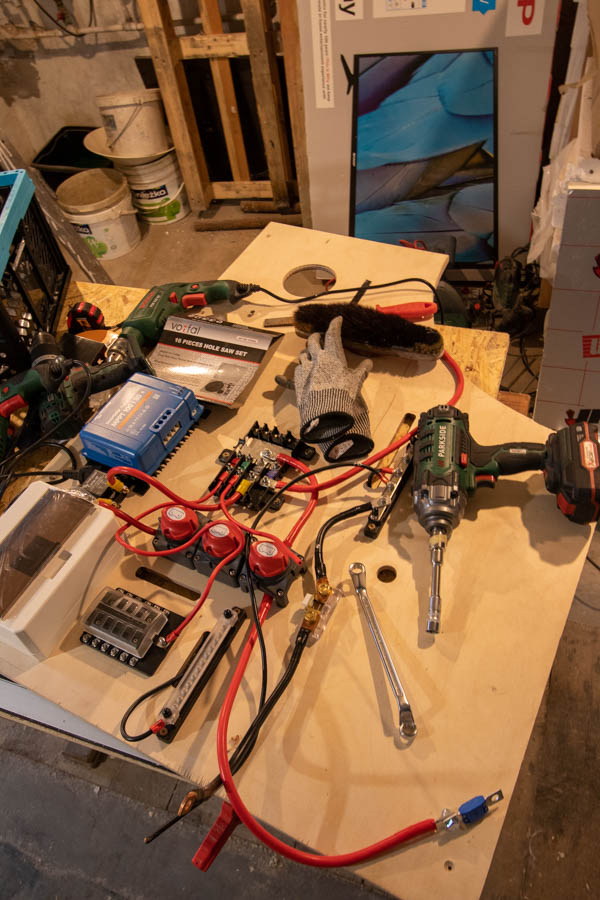
2. Maintain an Optimal Camper Weight
Ensuring your camper’s weight remains optimal is essential for a comfortable and safe journey. Remember that in Europe the total vehicle weight, including passengers, should not exceed 3.5 tons. Going beyond this limit can lead to increased fuel consumption and extended braking distance. Therefore, selecting lightweight construction materials is crucial.
When designing and outfitting your camper, focus on accessories and materials specifically designed for campers, known for their low weight. Opting for 12mm plywood instead of 16 mm and 9 mm paneling can significantly reduce the vehicle’s overall weight while maintaining its strength and functionality.
Consider using butyl mats only where necessary to save on weight. Additionally, keep in mind the weight of water tanks when they are filled.
By prioritizing the optimal weight of your camper, you can enjoy fuel savings and enhance safety throughout your journey. Choosing lightweight materials and accessories allows for a more cost-effective travel experience while providing peace of mind on the road.
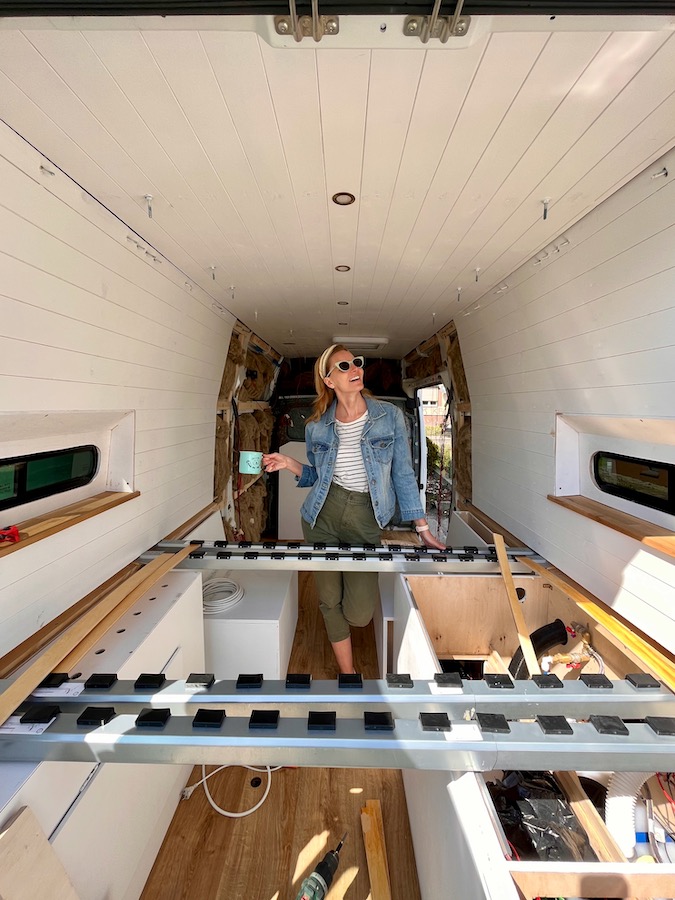
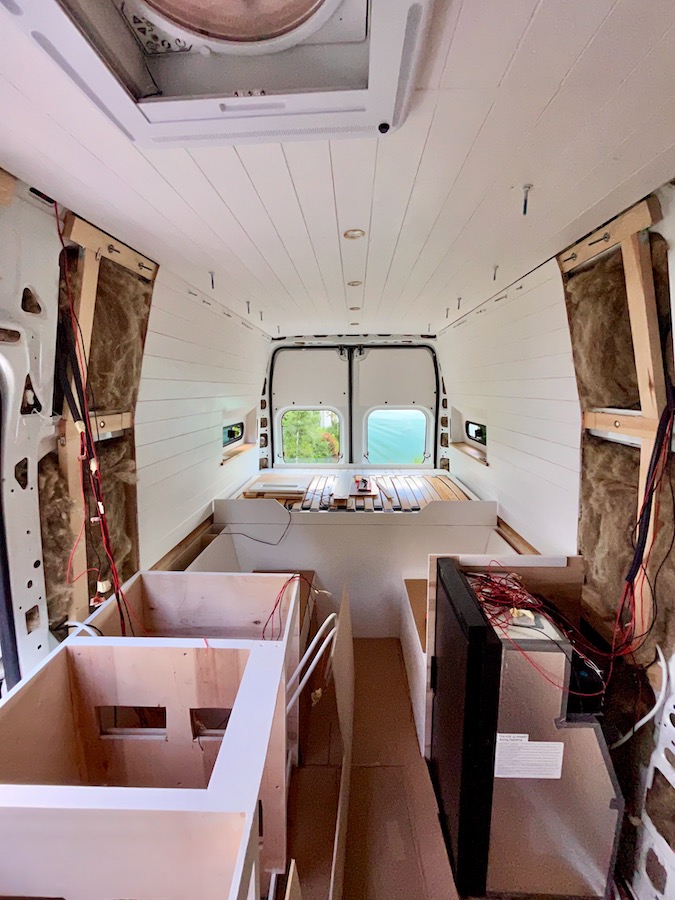
3. Van Conversion: Choose the Perfect Vehicle for Your Needs
When it comes to campervans, selecting the right vehicle is paramount to meet your specific requirements. Vans such as the Mercedes Sprinter, Ford Transit, and Ram Promaster are incredibly popular choices due to their unmatched comfort, ample space, and versatile features.
However, if your adventures involve traversing rugged terrains, it’s highly recommended to consider the capabilities of 4×4 vehicles. This type of drivetrain ensures superior traction and enables you to explore hard-to-access locations with ease.
For those seeking shorter weekend getaways, there are compact vans available with a height below 2 meters. These vans offer the advantage of convenient parking in almost any regular car space, including underground lots and areas with height restrictions, making them ideal for popular tourist destinations.
By carefully assessing your needs and expectations, you can choose the perfect vehicle model that grants you the freedom to travel and explore both challenging terrains and compact areas. Find your ultimate match and embark on unforgettable campervan adventures tailored to your preferences.
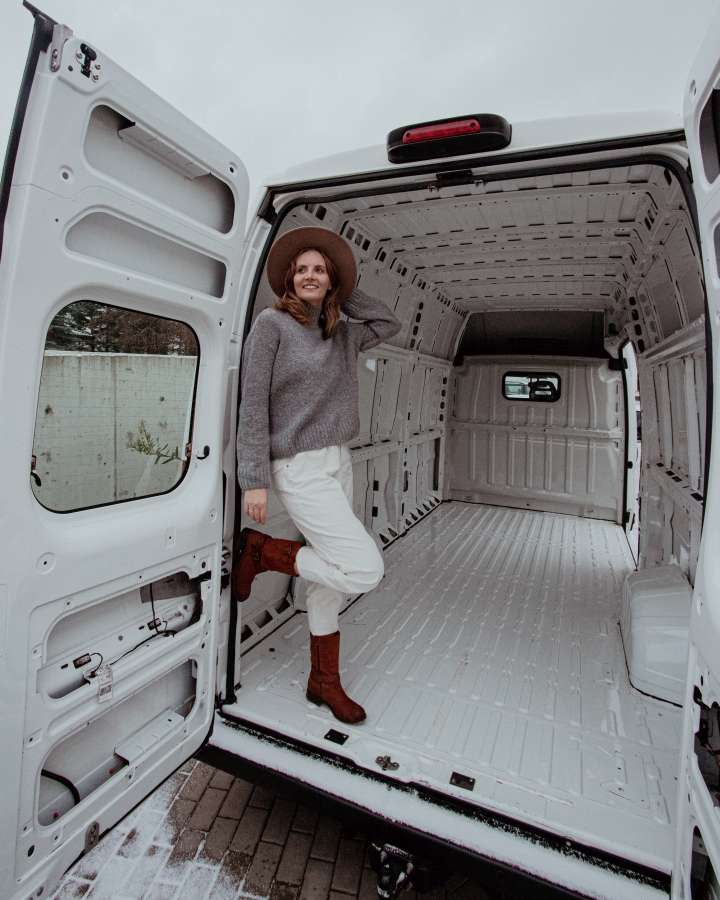
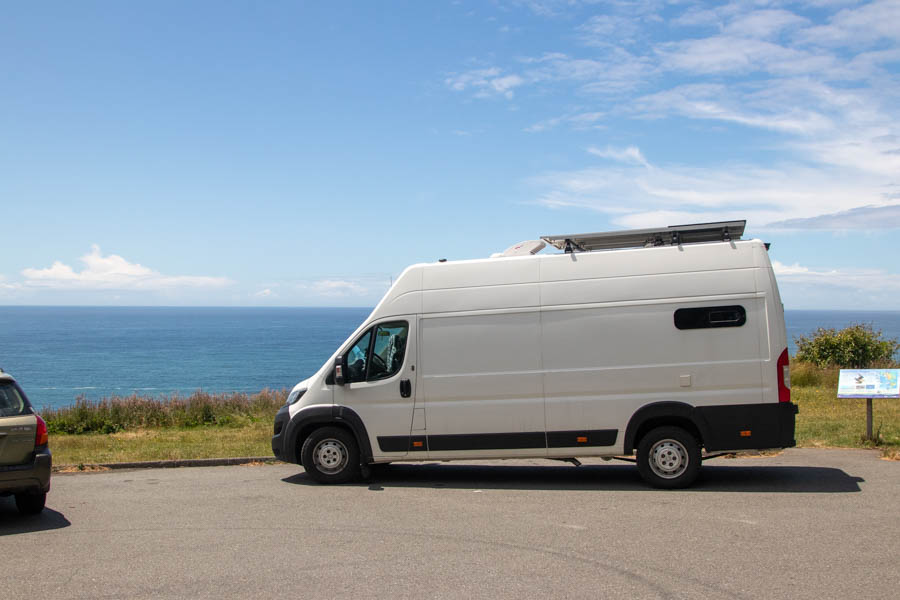
4. Determine the Optimal Solar Panel Capacity
Solar panels are an increasingly popular and convenient way to charge campervan batteries. When deciding on the number of solar panels required, it’s important to consider your specific power needs. A solar panel with a capacity of 100-200 W is generally sufficient for basic requirements.
However, if you plan on utilizing appliances like a refrigerator and multiple electronic devices such as laptops, considering solar panels in the range of 300-400 W will provide ample power. For larger or specialized power needs, exploring solar panels with capacities exceeding 400 W is recommended.
By accurately assessing your power requirements, you can ensure optimal solar panel capacity for your campervan. This empowers you to enjoy energy independence during your travels, eliminating the need to rely on external charging sources.
When planning your camper van trip, consider location and weather conditions. In sun-drenched regions, solar panels offer exceptional efficiency, making lower-power panels a viable option. In areas with limited sunlight, higher-power panels may be necessary.
Make informed decisions about the solar panel capacity for your campervan, maximizing your power supply and enabling a more sustainable and enjoyable travel experience.
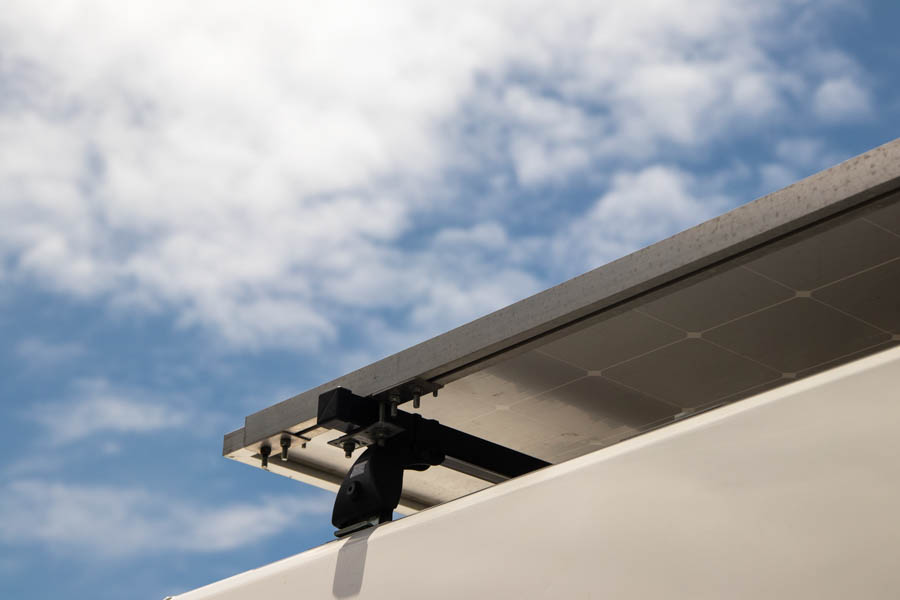
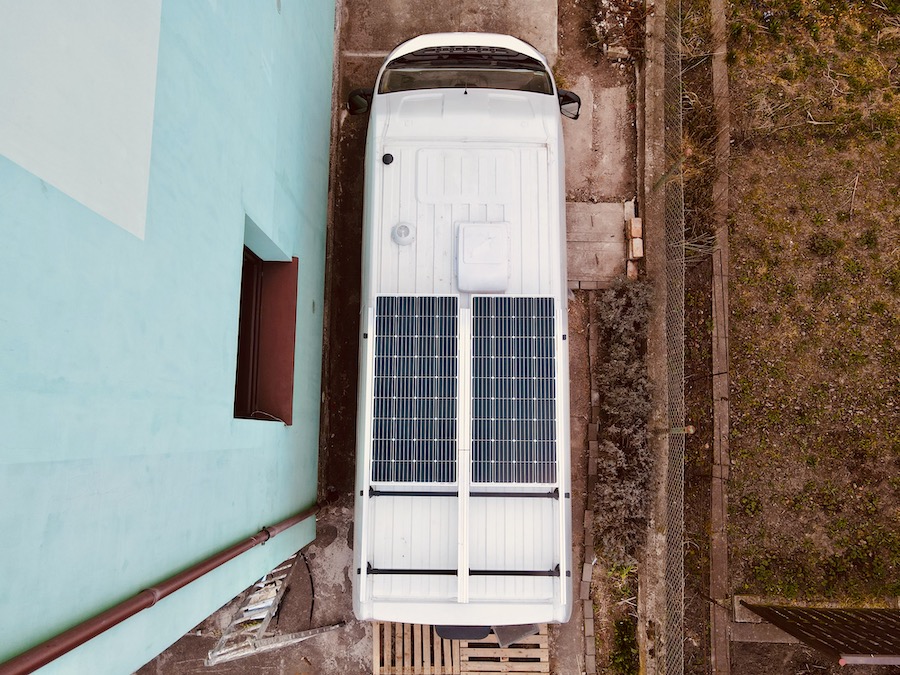
5. Estimate the Time Required for Van Conversion
Embarking on a van conversion is an exciting but intricate endeavor that requires careful time management. By creating a realistic timeline and considering the necessary construction phases, you can ensure a successful project. It is advisable to multiply your estimated time frame by two to accommodate unexpected delays and challenges that may arise.
During the conversion process, it is crucial to allocate ample time for each step to address potential issues effectively. It is better to prioritize thoroughness over haste, allowing for meticulous craftsmanship and avoiding costly mistakes.
Additionally, remember to schedule periodic breaks to rest and recharge. The conversion journey can be demanding, both physically and mentally, and taking time for relaxation will enhance your motivation and overall well-being.
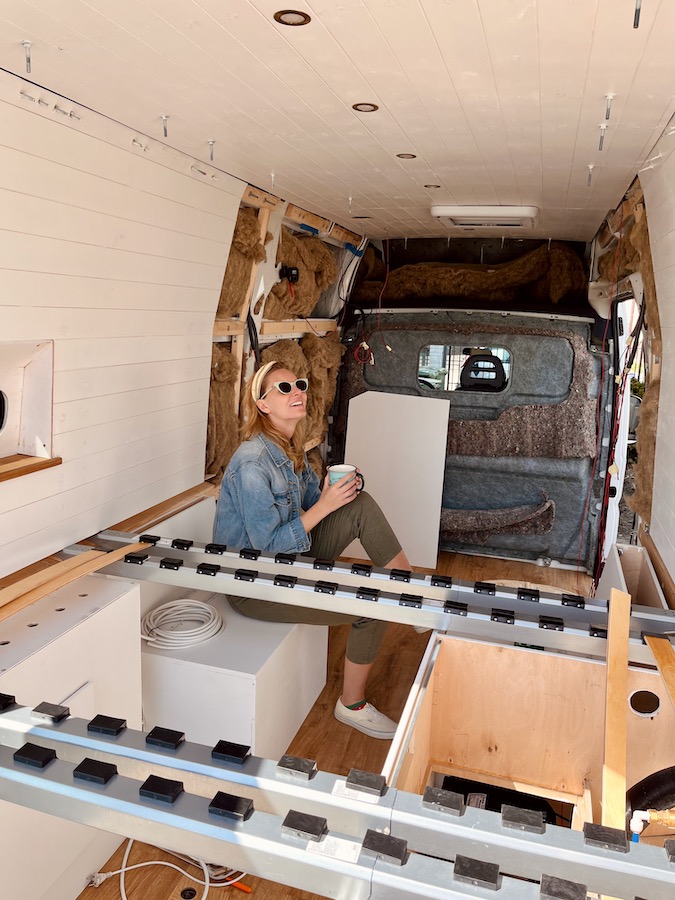

6. Don’t Stress Over Camper Van Insulation
When it comes to campervan insulation, there’s no need to stress. While it’s important to have proper insulation and minimize condensation, achieving 100% elimination is nearly impossible. Instead, focus on reducing condensation and ensuring adequate ventilation inside your campervan.
Keep in mind that certain areas, like windows and door gaps, can’t be perfectly insulated. However, this doesn’t mean insulation should be disregarded. Many mistakenly believe insulation is only crucial for winter travels, but it’s equally important during summer. Effective insulation keeps your campervan interior cool even on scorching days.
Remember, each campervan is unique and requires a tailored approach to insulation. By prioritizing insulation and thoughtful ventilation, you’ll enjoy comfortable journeys while maintaining optimal conditions inside your vehicle. Embrace insulation as your ally, not a source of worry!
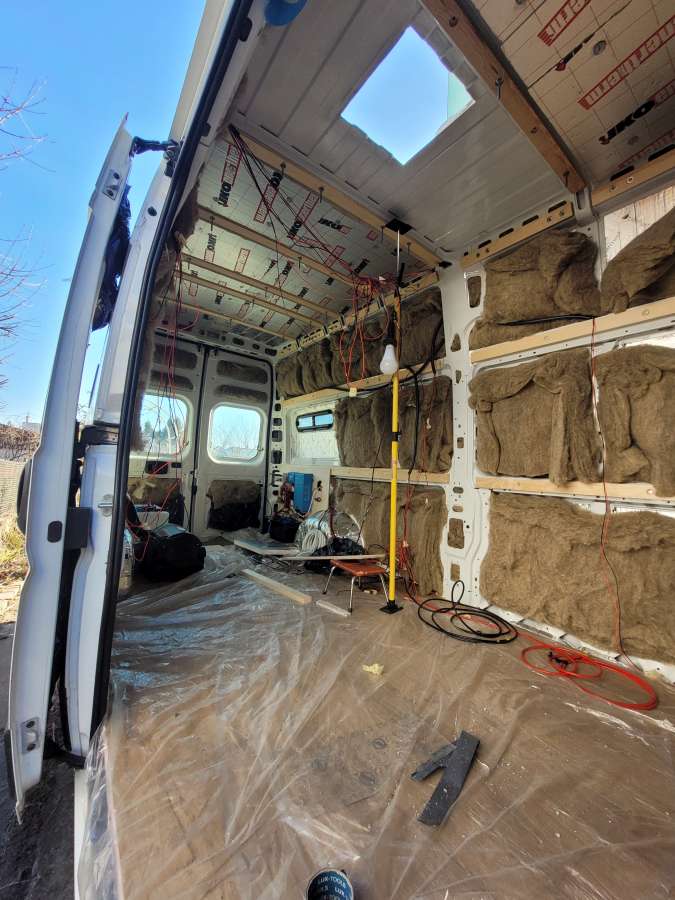

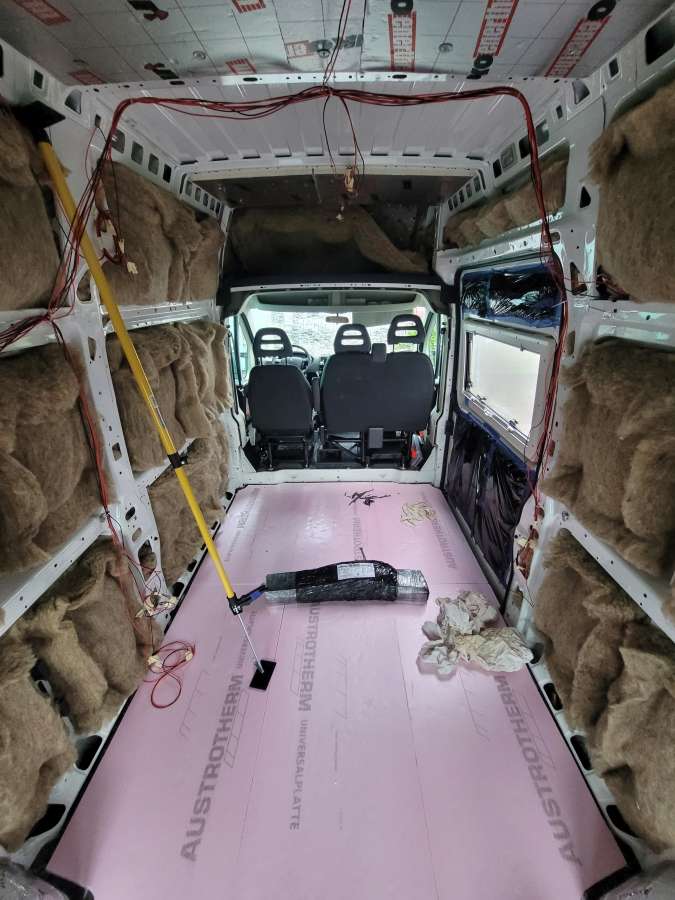

7. Maximize Ventilation in Your Camper Van
Proper ventilation in your campervan plays a crucial role in maintaining a pleasant and healthy environment. Not only does it help prevent moisture buildup, but it also ensures comfortable temperatures, especially during hot summer days. To achieve this, it’s important to focus on adequate air circulation and consider implementing effective ventilation solutions.
One recommended approach is to install a fan and incorporate tilt windows in your camper. Placing a fan above the kitchen area, where steam and odors tend to accumulate, effectively eliminates these factors. Additionally, positioning windows at the back of the camper allows for unrestricted airflow throughout the interior, promoting optimal ventilation.
By implementing such measures, you can enjoy effective ventilation that not only regulates humidity levels but also creates a pleasant climate inside the camper van even when temperatures rise. Proper ventilation is vital for both comfort and the well-being of travelers during their camper journeys.
Keep in mind that finding the ideal placement for the fan and windows depends on individual preferences and the specific layout of your camper’s interior. Taking a thoughtful approach to ventilation ensures a refreshing and health-conscious environment, enhancing overall travel comfort.
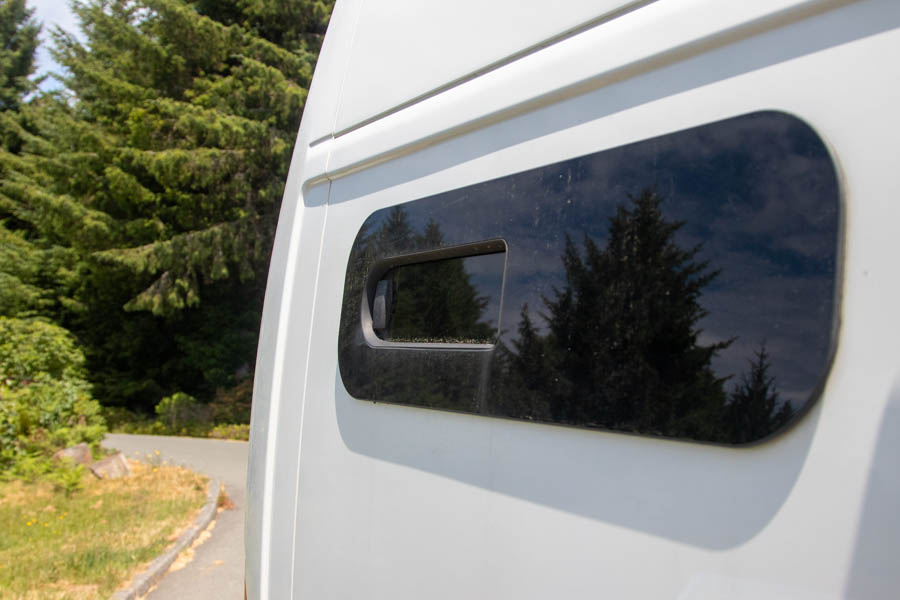

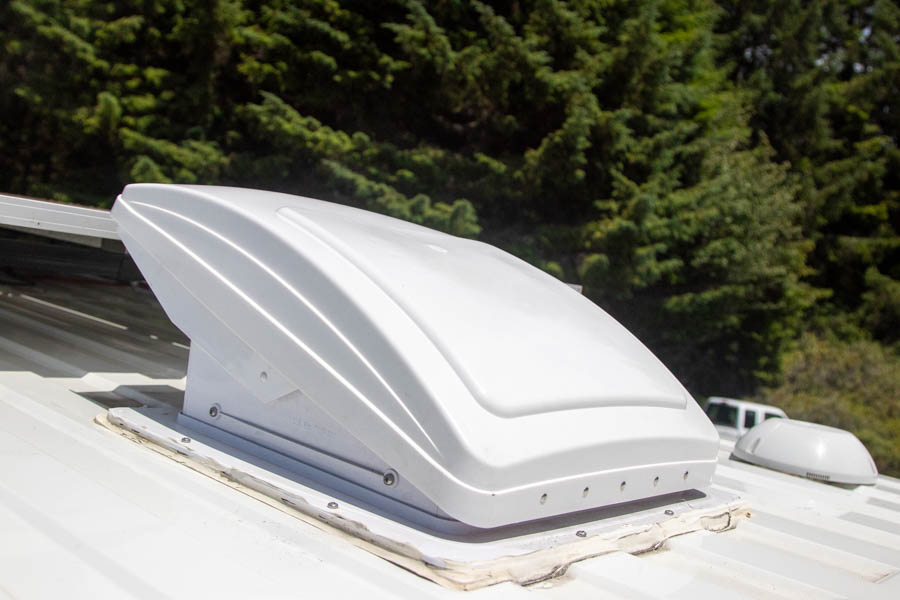

8. Optimize Your Camper’s Bed for Comfort Sleep
When converting your van, don’t overlook the importance of a comfortable bed. Many people make the mistake of building a bed that’s too short, leading to discomfort during sleep. If you’re planning to position the bed across the van, which typically has a length of 180 cm, consider that individuals under 170-175 cm will sleep comfortably.
However, if you’re taller than 180 cm, it’s advisable to explore solutions that allow for a bed length of at least 190 cm. You might consider installing the bed lengthwise or widening the sides to provide ample space for a good night’s sleep. Prioritizing a well-designed and comfortable bed ensures you avoid the inconvenience of a cramped sleeping arrangement and enhances your overall travel experience.
A longer bed grants you the freedom to stretch out and unwind after a day filled with adventures. It promotes restful sleep without the need to contort your legs or knees. If you have longer camper van trips in mind, a comfortable bed becomes an indispensable element for your well-being and overall enjoyment.
Take the time to carefully consider the bed length and tailor it to your specific needs. Remember, the goal of camper van travel is to relish every moment, and a thoughtfully designed, comfortable bed plays a significant role in achieving that. Prioritize your sleep comfort to make your journey an unforgettable one.
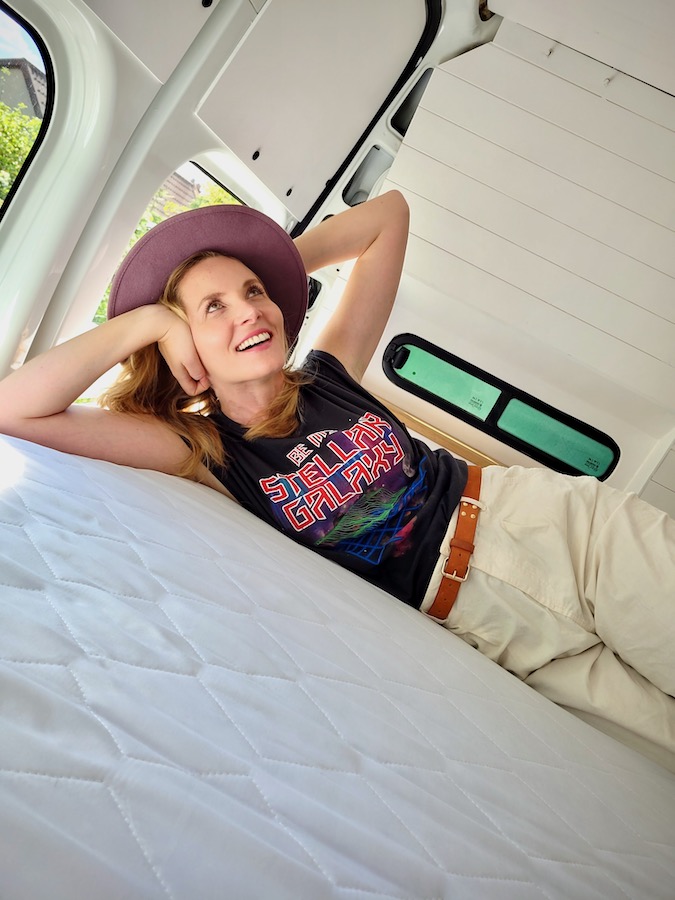

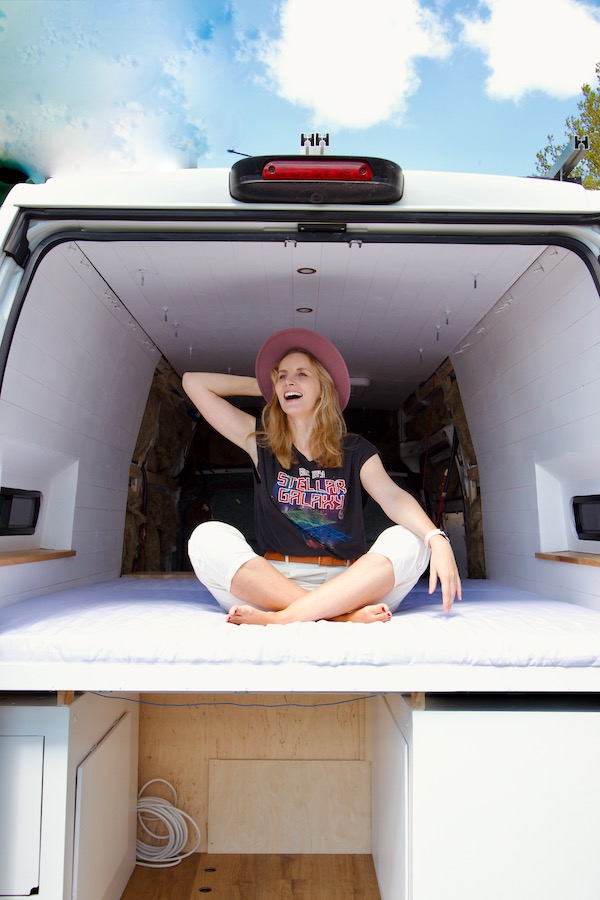

9. Optimize Your Camper’s Seating Configuration
When planning your campervan, it’s essential to consider your seating needs to ensure a comfortable travel experience. The number of seating places should be determined based on the number of people accompanying you on your journey.
If you’re traveling as a couple, prioritize comfort by replacing the bench with a cozy passenger seat. On the other hand, if you’re traveling with a larger group, consider installing additional homologated seats to ensure everyone’s safety and comfort throughout the trip.
It’s important to avoid unnecessary additions to your camper’s seating arrangement. Overloading your van with extra seats can result in additional costs and underutilization of the available space.
Take the time to carefully evaluate your requirements before making a decision. Consider the number of travelers and customize the seating configuration accordingly. By optimizing your seating setup, you’ll enhance the success of your journey and maximize the potential of your campervan.
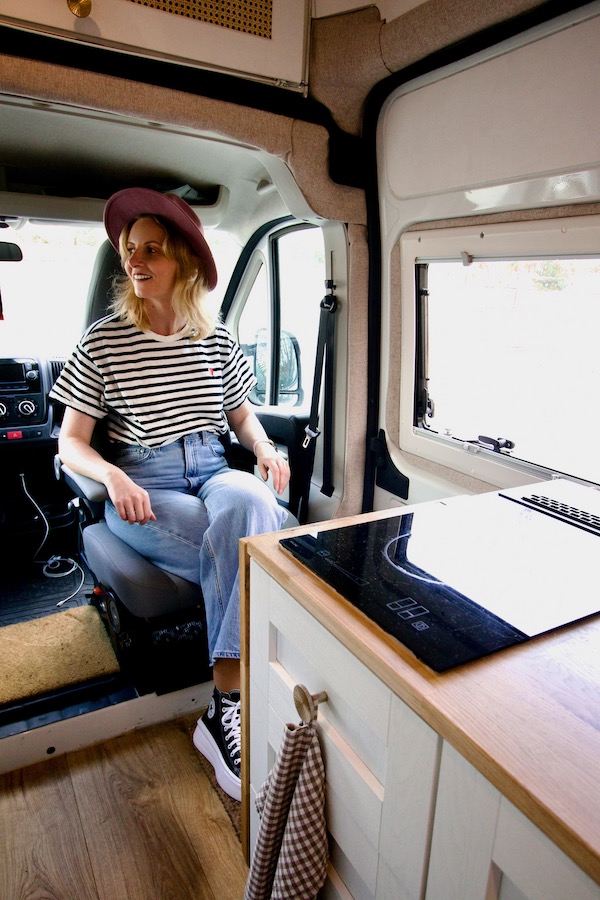

10. Invest in Essential Tools for Van Conversion
Investing in the right tools is crucial for a successful camper van conversion. The construction process requires a variety of tools that will prove invaluable. Consider purchasing tools like a hole digger, jigsaw, drill or drill-driver, cable crimper, a set of screws, and wrenches. These tools will play a vital role at different stages of your camper van conversion.
However, it’s important to make smart choices when buying tools. For items you’ll use only occasionally, avoid overspending. Instead, explore options like tool rentals or borrowing from friends and family.
On the other hand, for frequently used tools, it’s worth investing in higher-quality options. These tools offer extended lifespan, enhanced precision, and increased work efficiency.
When selecting tools for your camper van conversion, it’s crucial to match them to specific tasks and your skill level. Not all mentioned tools may be necessary for your unique project. Tailor your tool list to align with your specific needs and abilities, ensuring a smooth and successful conversion process.
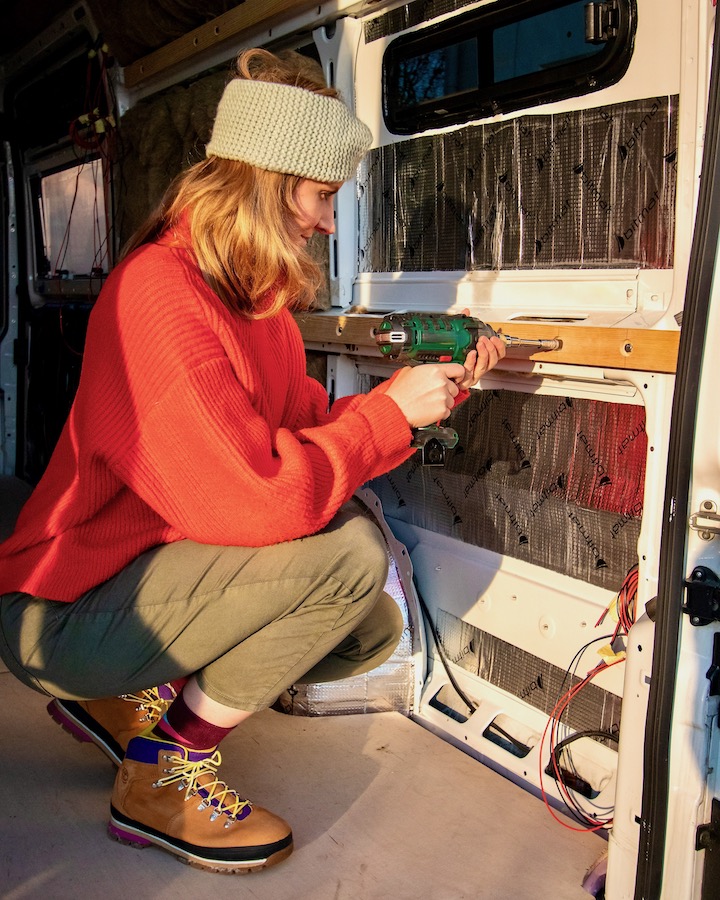

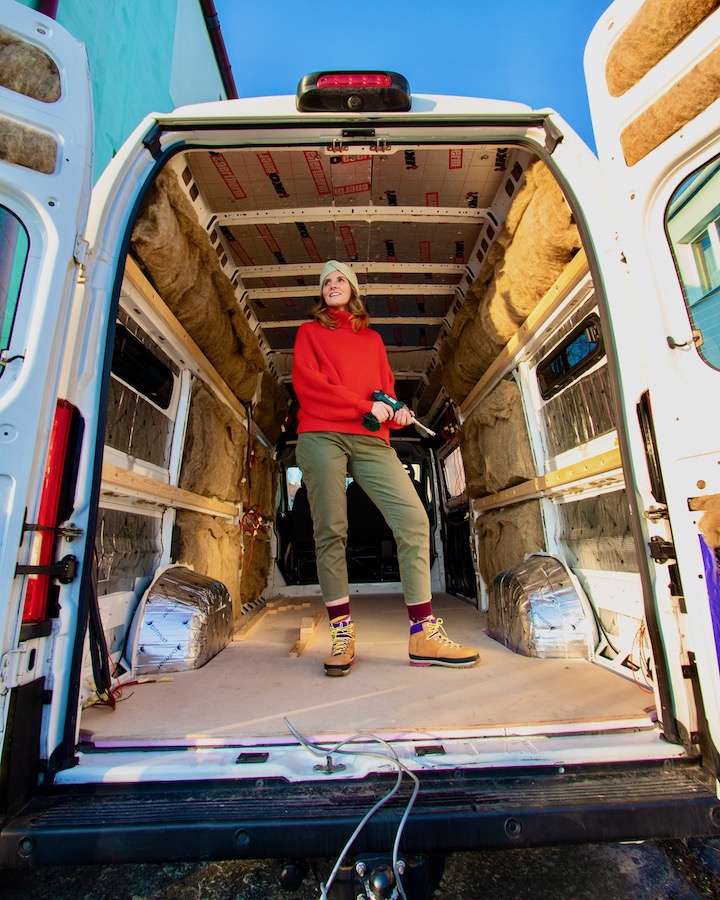

11. Customize the Water Tank Size to Suit Your Needs
When considering the water tank size for your campervan, it’s essential to carefully assess your requirements. While we may assume that a larger tank is always better, it’s crucial to consider the weight implications, as each liter of water adds approximately 1 kg of weight, potentially impacting fuel efficiency and overall vehicle performance.
Additionally, it’s important to maintain a balanced setup by ensuring that the greywater tank has a similar capacity to the freshwater tank, preventing excessive waste accumulation.
For campervans accommodating two individuals, a popular choice is a tank with a capacity of approximately 80-100 liters, paired with a dedicated 93-liter greywater tank. This configuration provides an ample water supply for several days, catering to daily activities such as dishwashing and showering.
Choosing the appropriate water tank size is paramount for a comfortable campervan journey. Remember that everyone has unique preferences and travel styles, so it’s recommended to customize the tank size to suit your specific needs and requirements.
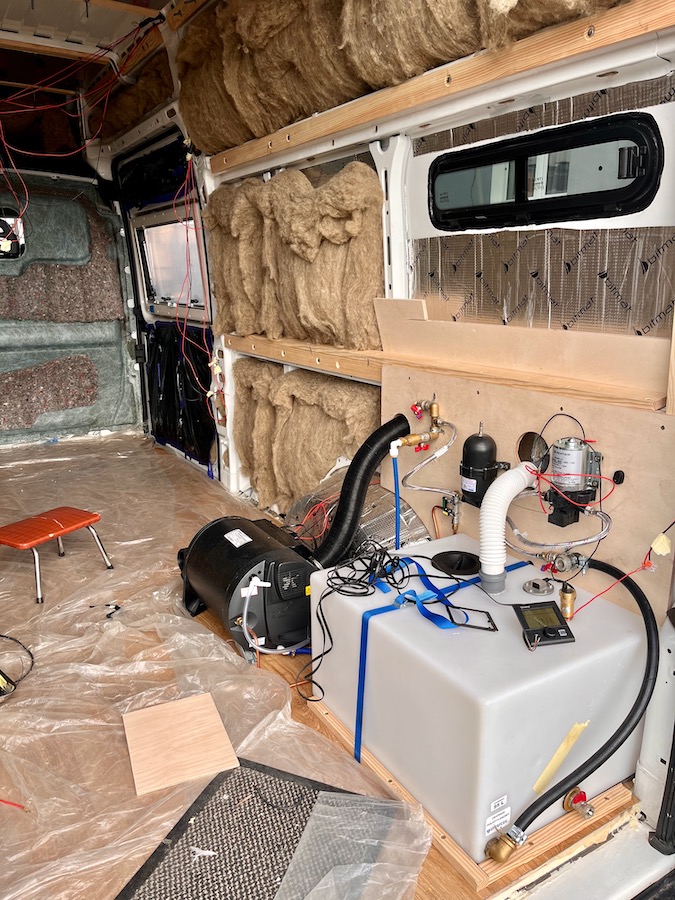

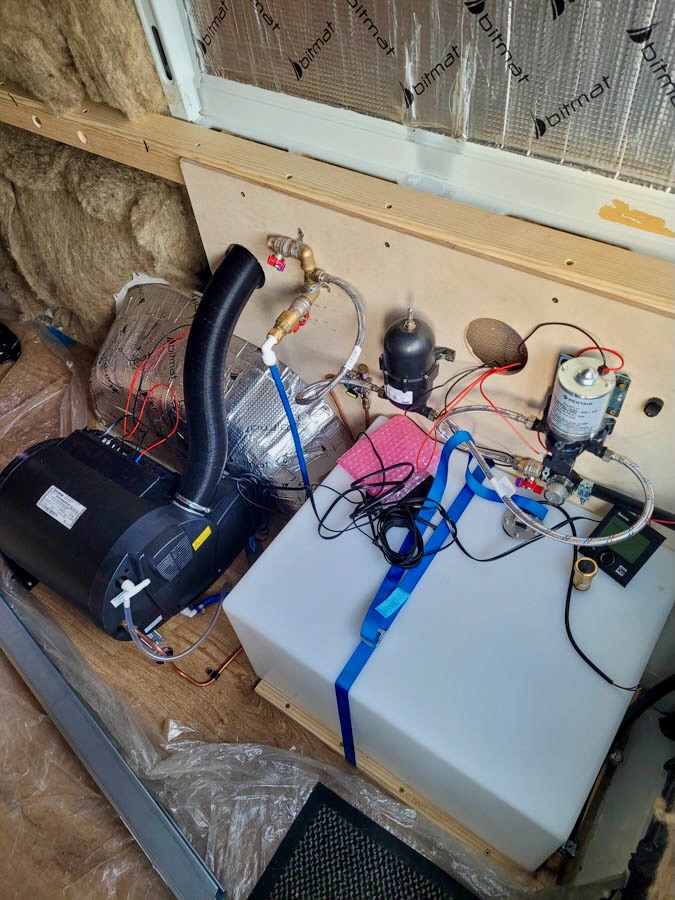

12. Consider Your Abilities When Building a Camper Van
When it comes to building a camper van, it’s essential to evaluate your capabilities and goals. While learning to tackle various aspects of the conversion process can be rewarding, it’s equally important to seek advice from experienced individuals or hire specialists for complex installations. This strategic approach can save you time, stress, and potentially costly mistakes.
By accurately assessing your skills, you can determine which tasks to undertake independently and which ones require professional assistance. Some installations may require specialized tools that can be expensive, making outsourcing a more cost-effective option. For instance, enlisting professionals for tasks like gas cylinder and pneumatic suspension installations ensures precision, functionality, and compliance with safety standards.
Remember, building a camper van is an investment, and doing it right is paramount. While taking control of the project, don’t hesitate to tap into the knowledge and expertise of experts. Their guidance can help you achieve superior results and avoid potential setbacks.
Prioritize your camper van construction project and strike a balance between self-reliance and seeking professional help. By making informed decisions and leveraging the skills of specialists, you can create a camper van that meets your needs, delivers optimal performance, and enhances your overall travel experience.


Summary
Embarking on a camper van conversion project is an exciting endeavor that requires careful planning and preparation. To ensure success, it’s essential to gather valuable tips and information to avoid common pitfalls.
Remember, there’s no one-size-fits-all approach to building a camper van. Your unique preferences and lifestyle should guide the process.
Remember, building a camper van is a unique and personal journey. Embrace the adventure, unleash your creativity, and enjoy the process of bringing your dream camper van to life. With careful planning and a clear vision, your camper van project will be a rewarding and memorable experience.
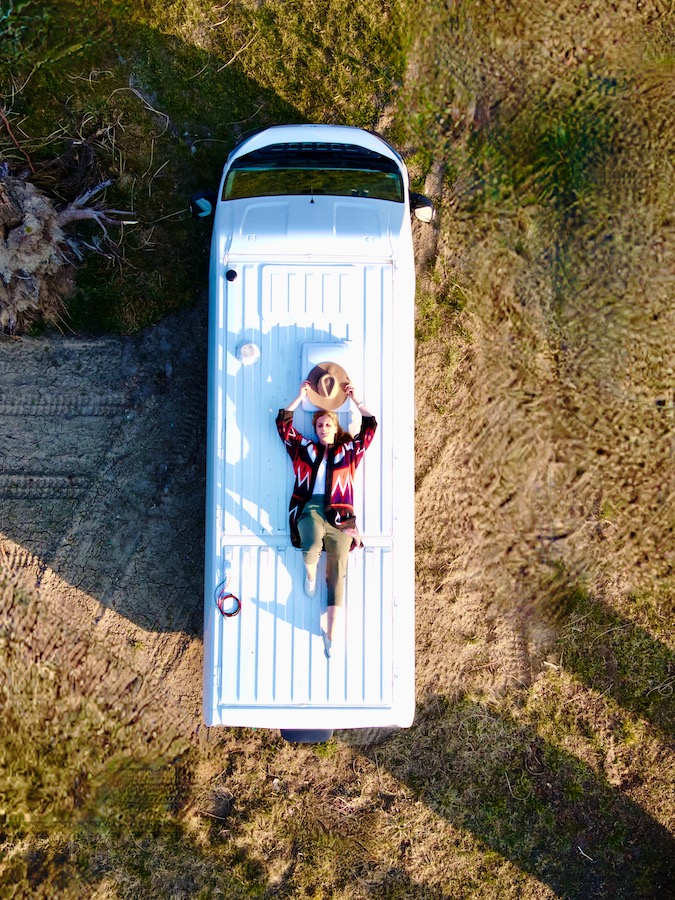



Be sure to share this article with your friends to help them in their van conversion! Don’t hesitate to leave your comments below, sharing your own experiences and inspiring others.
More articles you might be interested in:
- Complete A-Z Guide for Campervan Conversion: Your Roadmap to Success
- How to Build a Campervan? Step-by-Step Guide (+Bonus)
- Your Ultimate Guide to Van Build: Answering Top 20 Questions
- 12 Things to Know Before Starting Your Campervan Conversion
- 20 Genius Vanlife Hacks to Make Your Traveling Life Easier
